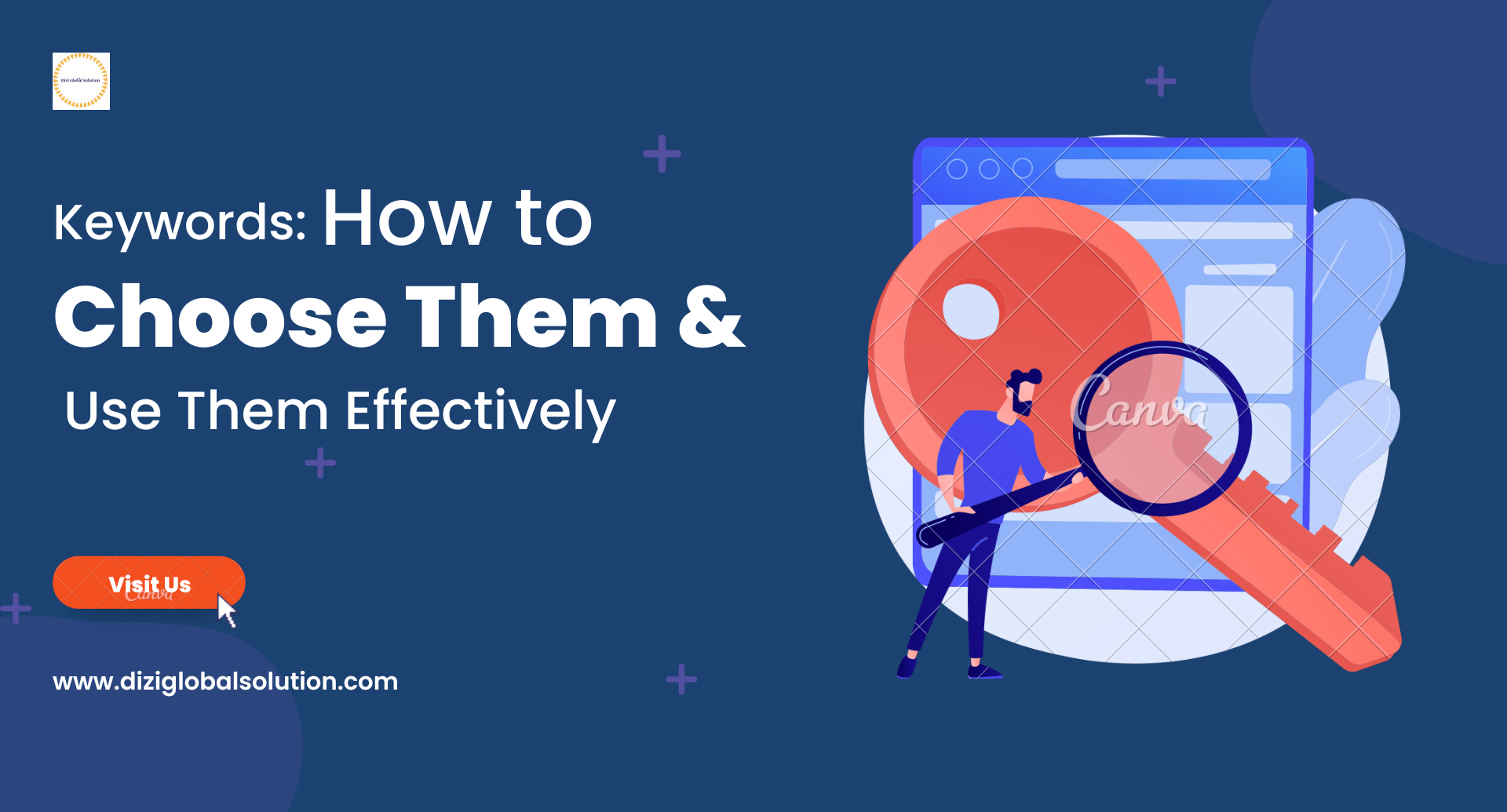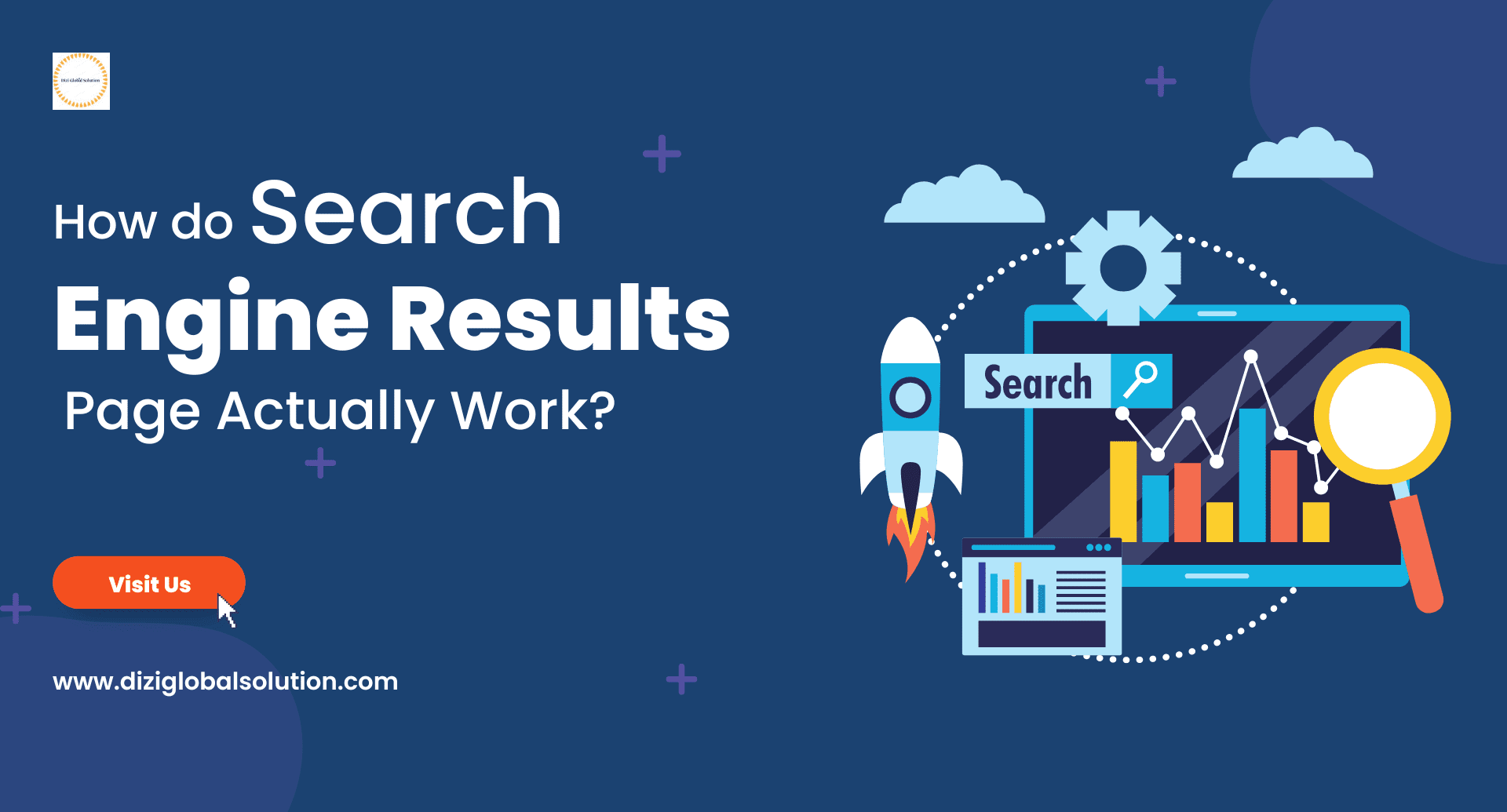What is PPC Marketing?
PPC is a digital marketing channel that companies use to drive traffic and conversions from search engines. The most common reasons for using pay-per-click advertising include improving brand visibility, generating new leads, driving more traffic to your site, and increasing conversions. PPC comes in many shapes and sizes (literally) and can consist of text, images, video, or a combination thereof. They can appear in search engines, websites, social networks, etc. Maybe you’re looking for ways to get your first traffic and sales for a new business, or looking at ways to expand your brand’s online presence. PPC can be a great way to market your business and attract new customers, but it can be confusing at first for those new to the channel. In this guide, we’ll help you understand What is PPC Marketing, how it works, how you can use it to help your business succeed, and explain the different platforms and how they work. Different Terms Used in PPC 1. Search Engine Marketing (SEM): The goal of all forms of digital advertising is to rank for a target keyword, which can be done in a number of ways. Search engine marketing (SEM) refers to any digital marketing (paid or free) that takes place on search engines such as Google, Yahoo or Bing. 2. Cost Per Click (CPC): Cost per click (CPC) is the amount an advertiser pays for each click on your ad. CPC acts as your auction bid, which determines where your ad will be placed. As you can imagine, a higher bid means better ad placement. 3. Cost Per Mile (CPM): This is also known as cost per thousand. With the CPM pricing model, advertisers or marketers pay for every 1,000 ad impressions. 4. Ad Rank: Ultimately, your ad appears on the search engine results page (SERPs). Ad Rank is calculated by multiplying your Quality Score by your maximum CPC bid. 5. Campaign: The first step in setting up PPC advertising is to define your ad campaign. You can think of your campaign as a key message or theme you want to convey with your ad. 6. Ad Group: One size does not fit all. That’s why you’ll create a series of ads in your campaign based on a set of highly related keywords. You can set a cost per click for each ad group you create. 7. Quality Score: This is the score search engines give your ad based on your click-through rate (CTR)—measured against the average CTR of ads in that position—the relevance of your keywords, the quality of your landing page, and your past SERP performance. 8. Maximum Bids: This is the maximum amount you are willing to pay for a click on your ad. Anatomy of a PPC campaign Why Pay Per Click Marketing Works For Your Business Pay-per-click advertising is an incredibly powerful digital marketing strategy for increasing conversions and maximizing ROI. Data-driven PPC management services create valuable opportunities to connect your brand with customers and increase your profitability. Here are the top benefits of investing in PPC advertising services: Fast Results One of the biggest advantages of pay-per-click advertising services is that you can get immediate results after launching your campaign. Once our pay per click advertising campaign sets up your PPC campaign, you should be able to see results overnight. Cost Effective With PPC advertising campaigns, you have complete control over how much you are willing to spend. Because you only pay when visitors click on a link that leads to your website or landing page – with a high probability of conversion – you get your money’s worth. Instant and stable traffic PPC management works effectively with SEO to increase brand awareness and drive targeted traffic to your website. PPC is the fastest method to run paid search campaigns, start your marketing efforts and get clicks and immediate traffic from interested customers. Will help you to get ranking even with low ranking domain Keywords are becoming increasingly competitive. This makes it more difficult for a business with a low domain authority to rank high on a search engine or in front of a target audience on a social platform. With PPC advertising, you can quickly rank for the keywords your audience is searching for, regardless of your domain’s ranking. Target your ideal customers With PPC advertising, you can skip cold audiences to target warm audiences that are ready to buy your products and services. You can bet on the keywords that people who know the solutions will be searching online. In addition to keywords, PPC ads also offer targeting options such as past online activity or demographics. Quick Experimentation A/B split testing PPC ads is an integral part of your pay-per-click advertising campaign. PPC experts create different versions of your PPC ad to test which campaign to run and optimize to generate the highest possible conversion rate. Best PPC Platforms When it comes to PPC, this usually means using one (or both) of two main platforms; Google Ads and Bing Ads. Let’s take a look at these and other advertising platforms that you can take advantage of. Google Ads Google Ads (formerly known as Google AdWords) is an advertising platform that allows you to serve search and shopping ads on Google, video ads on YouTube, Gmail ads, and display ads on the Google Display Network (GDN). It is by far the most popular PPC platform, offering many opportunities for almost any business to succeed through the channel. Microsoft Advertising (Bing Ads) Bing Ads, also known as Microsoft Advertising, similar to Google Ads, allows you to show ads on Bing as well as Yahoo and AOL. In terms of management, the two platforms are very similar; the main difference is market size and potential reach. Other Ad Networks Bid advertiser RevContent AdRoll Facebook Ads AdBlade LinkedIn Advertising Twitter Ads Amazon ads Whether you started your business yesterday or have been around for decades, PPC just might be the push you need to get an edge over your competition—or
What is PPC Marketing? Read More »







